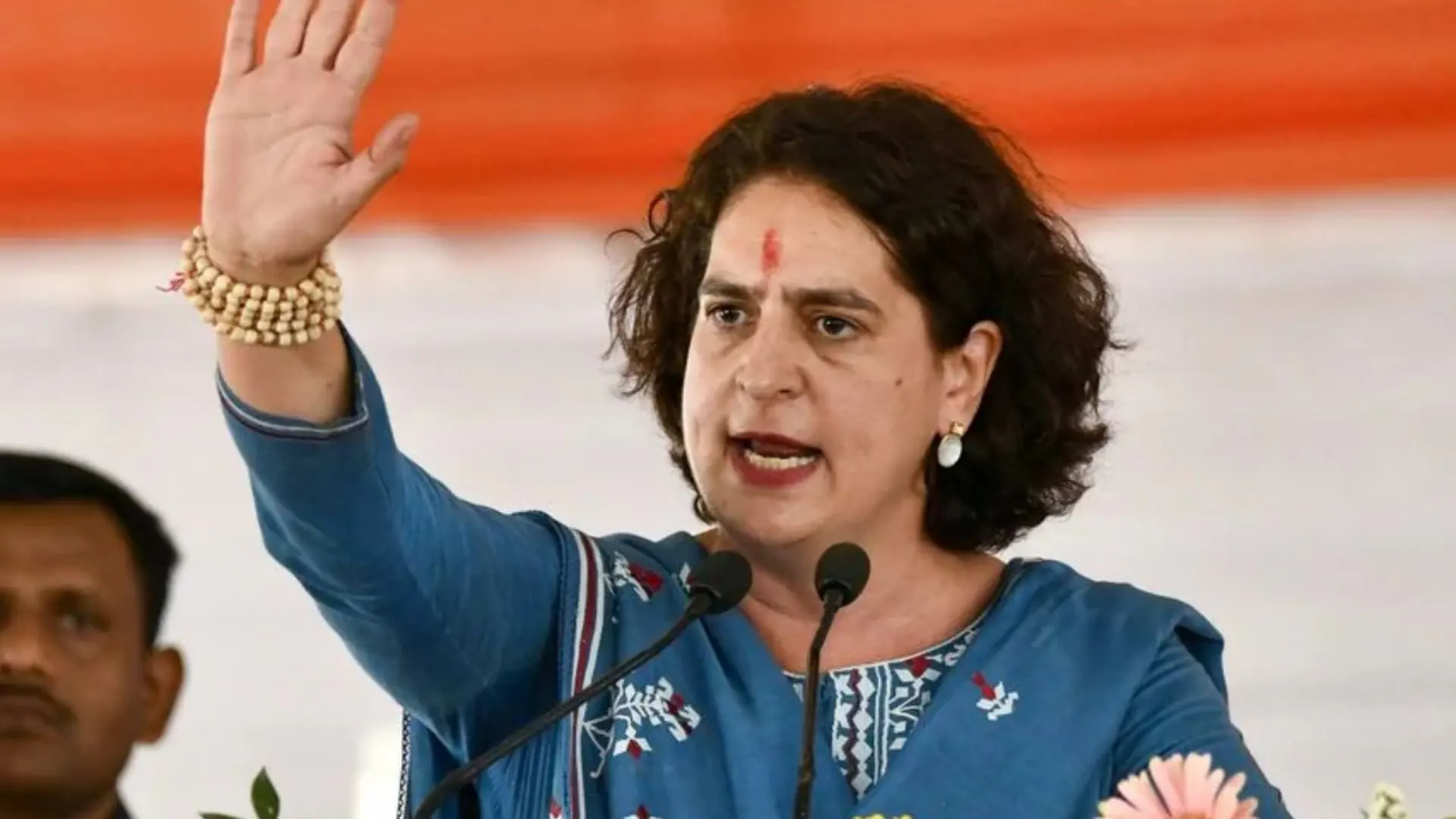In an Indian household, mealtimes often feel like sacred rituals. It’s a time for family to gather, for stories to be shared, and, of course, for delicious food to be savored. Whether it’s a hearty breakfast, a lavish lunch, or a comforting dinner, food is deeply intertwined with emotions, culture, and love in India. However, in a world where wellness and health are increasingly prioritized, there’s a question that has begun to emerge: How many meals should Indians truly be having in a day? Is the traditional three-meal structure always the best choice, or can we rethink our approach to eating?
The Evolution of Indian Mealtimes
Historically, eating habits in India were vastly different. Until the 14th century, breakfast wasn’t a customary meal. The day usually began with a light snack or nothing at all, and the primary meals were lunch and dinner. Lunch was generally a larger meal, while dinner was lighter. This diet structure suited the agrarian society of the time, where people had physically demanding days and ate around midday and late evening.
However, with the rise of the industrial era and the arrival of the East India Company in the 19th century, eating patterns started to change. The introduction of tea and coffee, along with the influence of British colonialism, made breakfast a more formal and common meal, especially among the urban elite.
Today, breakfast is considered essential, and most Indians follow a three-meal-a-day routine. But is that really necessary? Could fewer meals, consumed with more mindfulness, be better for our health?
Two or Three Meals? What’s Best for Indians?
According to Dubai-based culinary nutritionist and wellness coach Eshanka Wahi, there is no one-size-fits-all approach when it comes to meals. She notes an old Indian saying: “Do waqt ki roti, do waqt khana hota hai”—which roughly translates to “two meals a day is enough.” For those with a relatively low-activity lifestyle, two to two-and-a-half meals may be all that’s necessary. This typically includes two main meals with a smaller snack in between, such as nuts, instead of a large breakfast, lunch, and dinner.
Bharathi Kumar, a dietitian at Fortis Hospital in Bangalore, agrees with this approach but adds that factors such as age, health conditions, and physical activity must be considered when determining meal frequency. For children, the elderly, or those with higher activity levels, three meals a day may still be essential.
Interestingly, studies have shown that eating too frequently can confuse hunger cues, leading to overeating. Over-consumption of carb-heavy snacks, a staple in Indian diets, can easily lead to unnecessary calorie intake.
MUST READ: Why Breastfeeding And Vaccinations Are Crucial For Your Baby’s Health
The Problem of Overeating in Indian Diets
One of the unique challenges in India’s eating culture is the tendency to overeat, especially during festivals or family gatherings. India’s rich, carb-heavy meals often feature multiple courses, and food is so much more than sustenance; it’s a symbol of love, hospitality, and celebration. Unfortunately, this emotional connection to food can sometimes result in overeating, especially when indulging in high-calorie foods like sweets, fried snacks, and rice-based dishes.
Eshanka Wahi points out that, especially in India, food is used to express emotions—whether it’s comforting someone with a warm meal or celebrating a success with a feast. However, emotional eating often leads to excess calorie intake without adequate nutritional value. Portion control can be difficult, particularly when traditional meals are served in large quantities.
Moreover, the high carbohydrate and fat content in many traditional Indian meals can trigger hunger pangs, leading people to overeat, especially during later meals. This is particularly problematic for those who are trying to manage their weight or follow a more health-conscious diet.
The Science of Meal Timing and Portion Control
This approach suggests an eating window of about six to eight hours, ideally between 12 pm and 6 pm, with no meals after sunset. By limiting eating to a smaller window, people naturally end up eating fewer meals, typically two main meals and a small snack, which allows the digestive system to rest overnight.
For balanced calorie intake, she recommends 400–500 calories for breakfast, 500–700 for lunch, and 400–600 for dinner. Snacks, if necessary, should remain around 200–300 calories.
Finding What Works for You
The number of meals you should eat ultimately depends on your unique needs, lifestyle, and health goals. There’s no universal answer whether you prefer to have a large breakfast or skip it, whether you opt for lighter dinners or stick to the traditional three meals, the key is to listen to your body.
In the end, being mindful of calories is crucial. While food plays an important role in Indian culture, it’s essential to keep track of your caloric intake to avoid overloading your system. No matter whether you’re following an Indian, Mediterranean, or any other type of diet, it’s the calories that matter most in maintaining overall health and wellness.
Ultimately, the goal is to find a routine that helps you feel good, energized, and balanced, while still celebrating the rich culinary traditions that make Indian food so special.
ALSO READ: Cord’s Fall ‘24 Collection “Afterglow” Captures the Essence of Timeless Memories






















